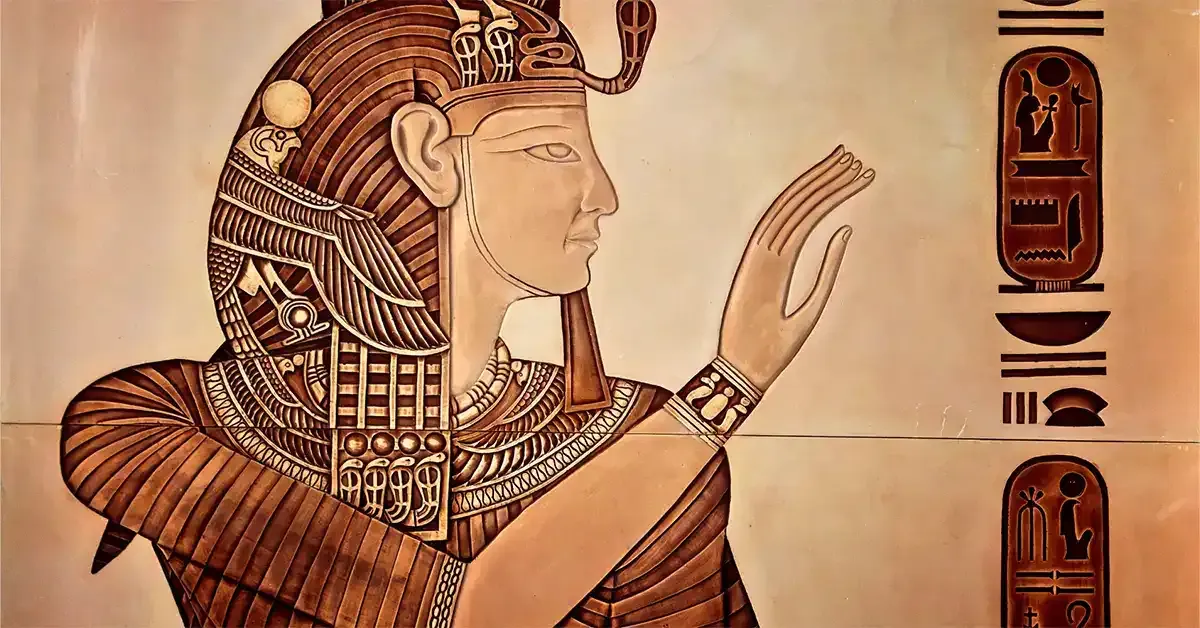Historical Facts You Probably Didn’t Know

Authored by Joshua Carter
Published at:
History is full of surprising stories, hidden details, and unexpected events that often get overlooked. While most people know about major wars, revolutions, and famous figures, there are countless lesser-known facts that reveal how fascinating the past truly is.
From strange inventions to little-known historical figures, here are some amazing historical facts that will change the way you see the past.
1. Napoleon Wasn’t Actually That Short
One of the most common misconceptions in history is that Napoleon Bonaparte was very short. However, he was actually around 5 feet 7 inches (1.69 meters) tall, which was average for his time.
The myth of his short stature came from British propaganda, which portrayed him as much smaller to mock him. The confusion also came from the difference between French and British measurement systems at the time.
P.S. (He is short tho. :))
2. The Eiffel Tower Can Grow and Shrink
The Eiffel Tower, one of the most famous landmarks in the world, actually changes height depending on the season. Due to thermal expansion, the iron structure expands in the summer when temperatures are high and shrinks in the winter when it's colder.
On very hot days, the Eiffel Tower can grow by about 15 centimeters (6 inches). This is a great example of how science and engineering interact with historical structures.
3. The Great Fire of London Killed Almost No One
The Great Fire of London in 1666 destroyed most of the city, leaving thousands homeless. However, despite its massive impact, very few people actually died. Official records state that only six people were confirmed dead, though historians believe the real number was slightly higher.
The fire spread quickly because most buildings were made of wood and tightly packed together, but people had time to escape. While it was a disaster, the fire also led to better city planning and helped eliminate the plague, which had been spreading in the city before the fire.

4. Ancient Egyptians Had Toothpaste
Most people associate toothpaste with modern times, but the Ancient Egyptians were using a form of it as early as 5,000 BC. Their toothpaste was made from a mix of ashes, eggshells, pumice, and even burnt animal hooves.
Although this might not sound appealing, it was surprisingly effective for cleaning teeth. The Egyptians were advanced in personal hygiene and medicine, and their early innovations led to many of the health practices we use today.
5. Vikings Didn’t Wear Horned Helmets
When most people think of Vikings, they imagine fierce warriors wearing horned helmets. However, there is no historical evidence that Vikings actually wore helmets with horns.
This myth came from 19th-century operas and artwork, which added horns to Viking helmets to make them look more dramatic. In reality, Viking helmets were simple, practical, and designed for battle, without any unnecessary decorations.
6. The Leaning Tower of Pisa Wasn’t Supposed to Lean
The Leaning Tower of Pisa is one of the most famous architectural mistakes in history. When construction started in 1173, the builders didn’t realize that the ground was too soft, causing the tower to tilt.
By the time they reached the third floor, the lean was noticeable. Efforts to correct the tilt during construction actually made it worse. Over the centuries, engineers have worked to stabilize the structure, and today, it’s no longer tilting as much as before.
7. World War II Had a “Fake Army”
During World War II, the Allies used a trick called "Operation Fortitude" to fool the Nazis into thinking an invasion was coming from a different location. They created a fake army, complete with inflatable tanks, fake radio transmissions, and even fake military bases.
The deception worked, leading German forces to prepare for an attack in the wrong place. This helped the real D-Day invasion succeed, showing how strategy and misinformation played key roles in military history.
8. Cleopatra Wasn’t Egyptian
Although Cleopatra VII is often associated with Ancient Egypt, she was actually of Greek origin. She was a member of the Ptolemaic dynasty, which was established after Alexander the Great’s general, Ptolemy I, took control of Egypt.
Cleopatra was one of the few Ptolemaic rulers who learned to speak Egyptian, embracing the culture and presenting herself as a true Egyptian leader. However, her ancestry was entirely Greek, not native Egyptian.

9. The Cold War Almost Ended in Disaster—Twice
The Cuban Missile Crisis in 1962 is well-known as a moment when the world came dangerously close to nuclear war. But there were actually two other moments when the Cold War nearly turned into disaster.
- In 1983, a Soviet officer named Stanislav Petrov ignored a false alarm that mistakenly showed the U.S. launching nuclear missiles. If he had followed protocol, the world might have seen a nuclear war.
- In 1995, a Norwegian weather rocket was mistaken for a missile. Russia nearly launched a counterattack before realizing the mistake.
These moments remind us how close history has come to taking a different, catastrophic turn.
Why Learning History Matters
History isn’t just about memorizing dates and names—it’s about understanding how past events shape the present. Many of the technologies, customs, and traditions we have today are influenced by historical events.
By learning lesser-known facts, we gain a deeper appreciation of the world and the way it has evolved. Whether it’s engineering mistakes, historical myths, or near-disasters, history is full of stories that are just as interesting as any modern-day event.
So next time you hear a historical fact, question it—because the truth might be even more surprising than the myth ;)
#History